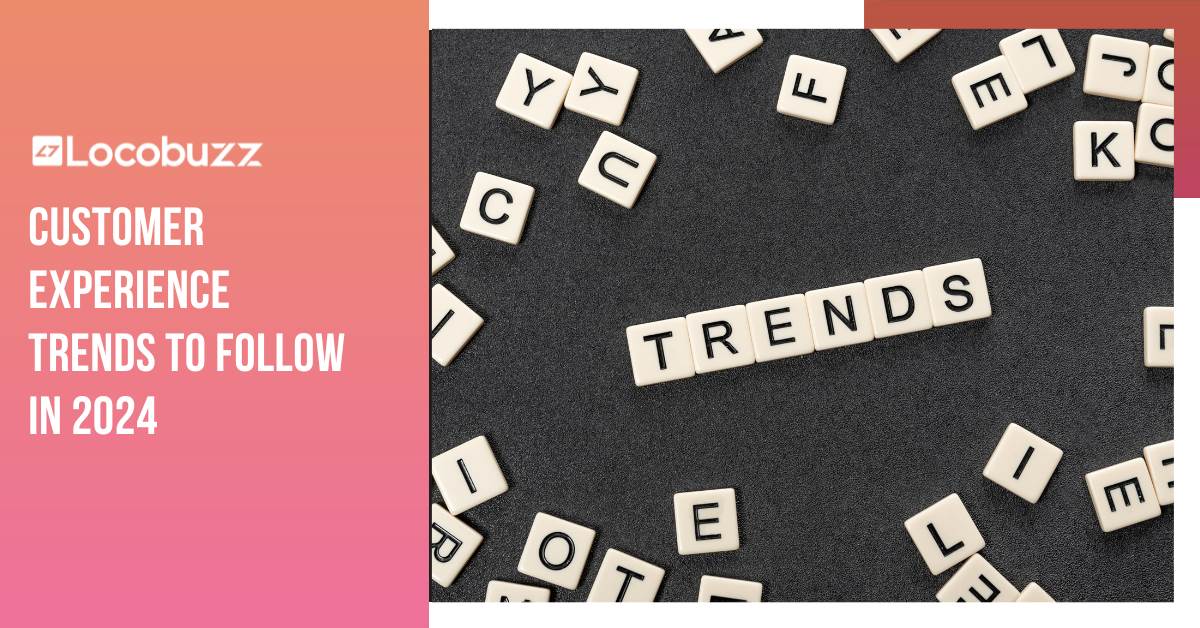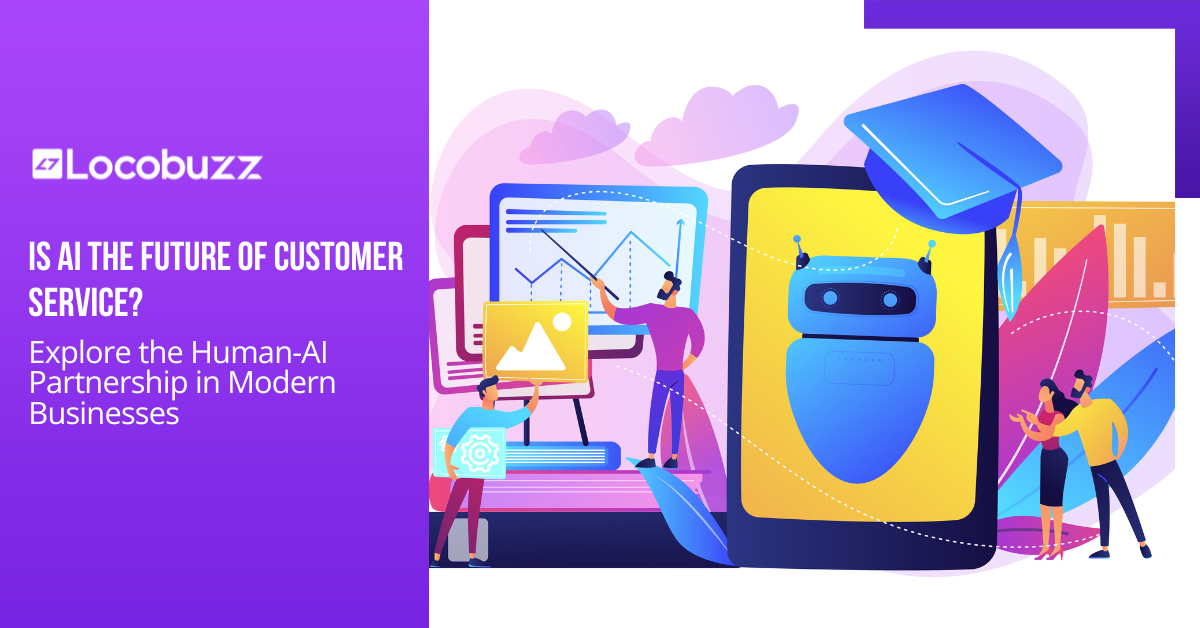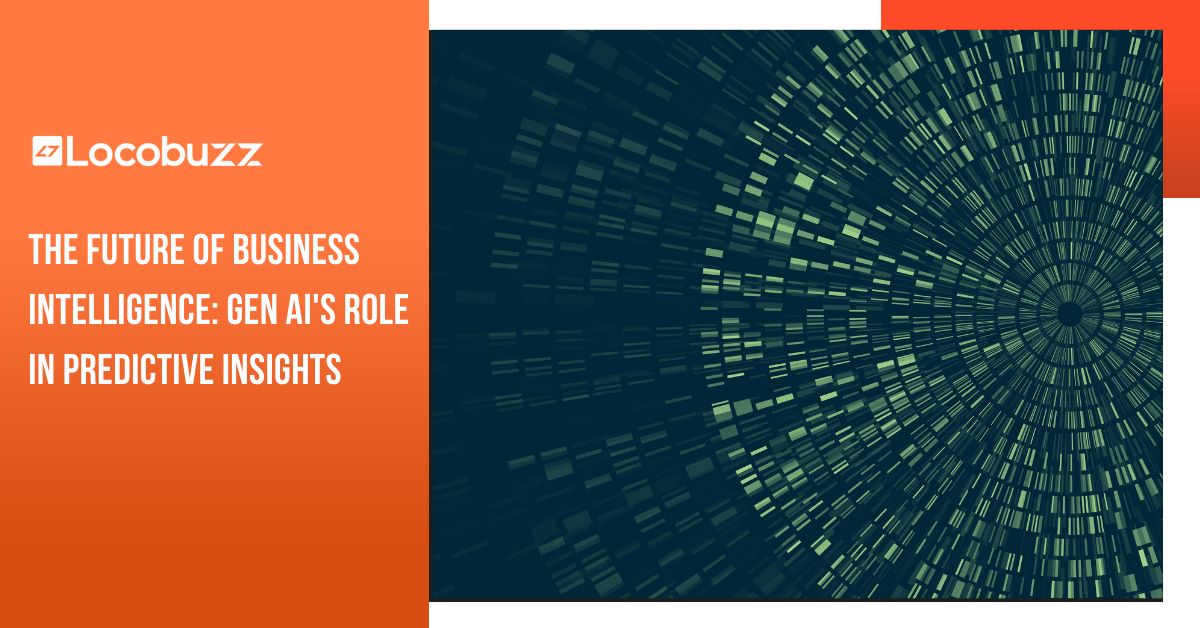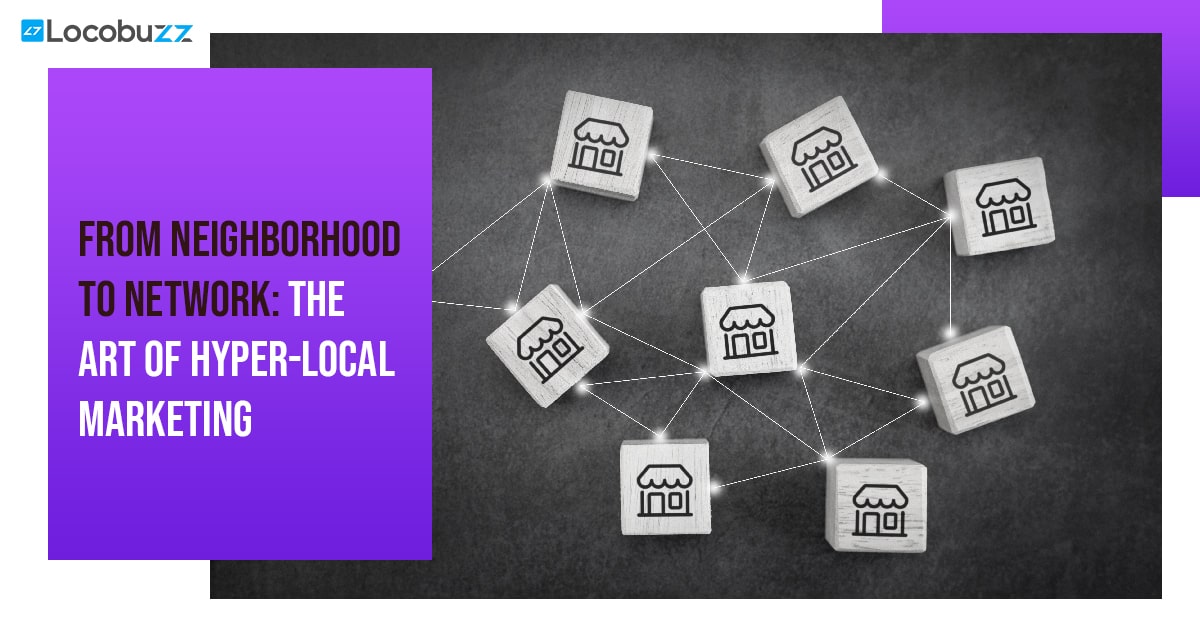A Guide Into The World Of Big Data For Small & Medium Enterprises

You know what they say: Small businesses, Big data. If you haven’t heard that saying then you’re living under a pre-millennial mossy rock.
Before I dive into what Big Data, Analytics, Artificial Intelligence, and Machine Learning can do for SMEs, let me make a small detour around what drives the Indian Startup ecosystem to its shining glory. The answer is CHAOS.
The truth is, startups in India are told to make money even before they make money. One of the major functional drawbacks of the system is that successful Indian startups have a lot to manage, and even more to micromanage. Sarcasm aside, why and how would technology hack the proverbial beanstalk of brand challenges?
Most SMEs that float in the ocean of brand management have ripples of limited funds, a single resource in multiple roles, no guarantee of ROI, and, worst of all, little technical expertise.
Let’s talk numbers
Digitally engaged SMEs have twice the revenue growth trajectory than those that are offline.
- According to a study conducted by KPMG and Google India, there are 58 million startups in the country as of 2019 and 70% of them don’t use Big Data and Automation to manage customers
- What most Indian Brand Managers don’t acknowledge is that 90% of brand reviews are online
- 80% of Customer Service is driven by chatbots
- According to Mckinsey, 70% of buying decisions are based on how customers are treated. Microsoft says that 66% of consumers have used three or more communication channels to contact a brand’s customer service
- Finally, 40% of all data analytics projects, according to Gartner, will relate to the customer experience by 2020
The main question is: Is Big Data only for big companies? The answer is ‘NO‘.
Small Businesses and Brand Managers thrive in the digital ecosystem created with the benefits of Big Data and Analytics, AI, ML, and Automation. Essentially, here are some concerns that SMEs can harness the power of Big Data to conquer!
Establishing a market position
Gathering Business Intelligence in the digital ecosystem is like keeping sound knowledge of customer actions in sheer silence. Meaning, data listening can be overwhelming but not if your analytics platform is good. Ideally, analytics would be idiot-proof which is mostly the point for SMEs who worry about fitting in.
Unique consumers are easily identifiable through analytical patterns that eventually end up providing insights toward a new and potential market line. See the scope already?
Brand loyalty and customer retention
Machine Learning is a great way to instill quick thinking in the platform. This is why AI-driven chatbots have pretty much taken over all FLR (First Level Response) touchpoints of customer experiences. When a brand trains its bot to engage effectively & quickly with its customers, it helps incorporate a large database of people that have been attended to.
Whether or not they are happy – they are attended to – and that’s the primary secret to Customer Retention.
Audience targeting strategy & communication
Tracking patterns come in various forms. One of the most effective results is brought by Sentiment Analytics.
Sentiments are governed by a host of keywords carefully designed to sense how specific demography responds to brand communications. It also finds out what customers like, dislike, and are neutral towards.
Of course, there are other reports, like Marketing Analytics, TAT reports, Social Media Analytics, Campaign Reports, etc., to leverage from this data a strategically planned communication.
Stronger and engaging experiences with customers
Online Response Management (ORM) helps brands manage customer base and reputation. While a limited workforce forms major drivers for automation, a well-designed ORM workflow involves all the right people at the right time and can help take care of your customers in a highly personalized fashion. Thus, the whole purpose of Big Data comes to light and your brand is as personal to the customer as their own pair of winter socks.
Data-driven decisions and performance
When real-time data funnels result in real-time altercations, a brand manager has numbers that translate to profitable business decisions. Good, right? Brand performances also come from well-observed brand history. Meaning, with the power of historic data derivatives which some CX platforms provide, a visible trendline highlights performance indicators of the relationship your brand and your customers have been having.
The point of Big Data is not to be intimidating, but to simplify overwhelming amounts of information that your clients/customers leave a bread trail of.
As an SME, it’s vital for your business to convert this data into effective insights for the purpose of holistically managing your brand. Invest in technologies that interpret data like your mother tongue. If you’re a part of the Indian Startup Sector, then there is no time better than now to wade through chaotic waters and make some gold as a customer-rich shore!

















